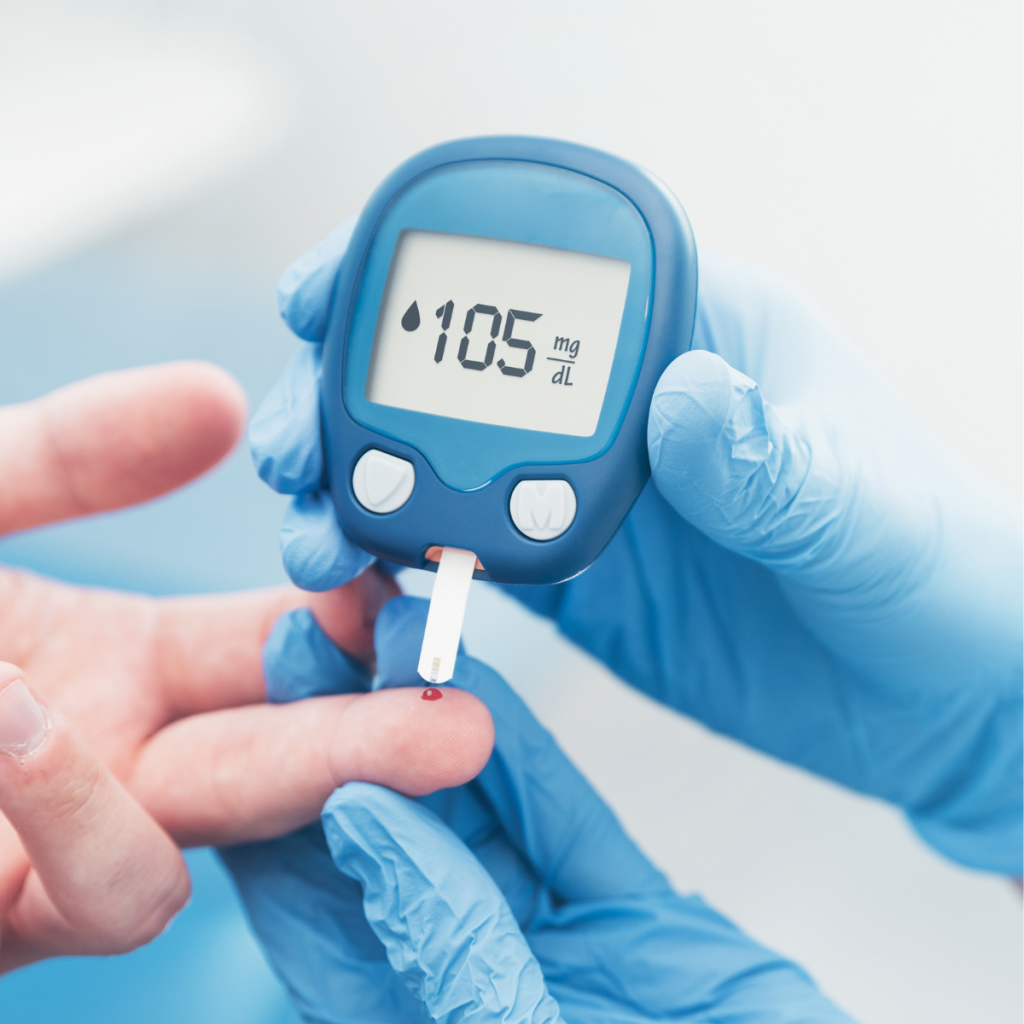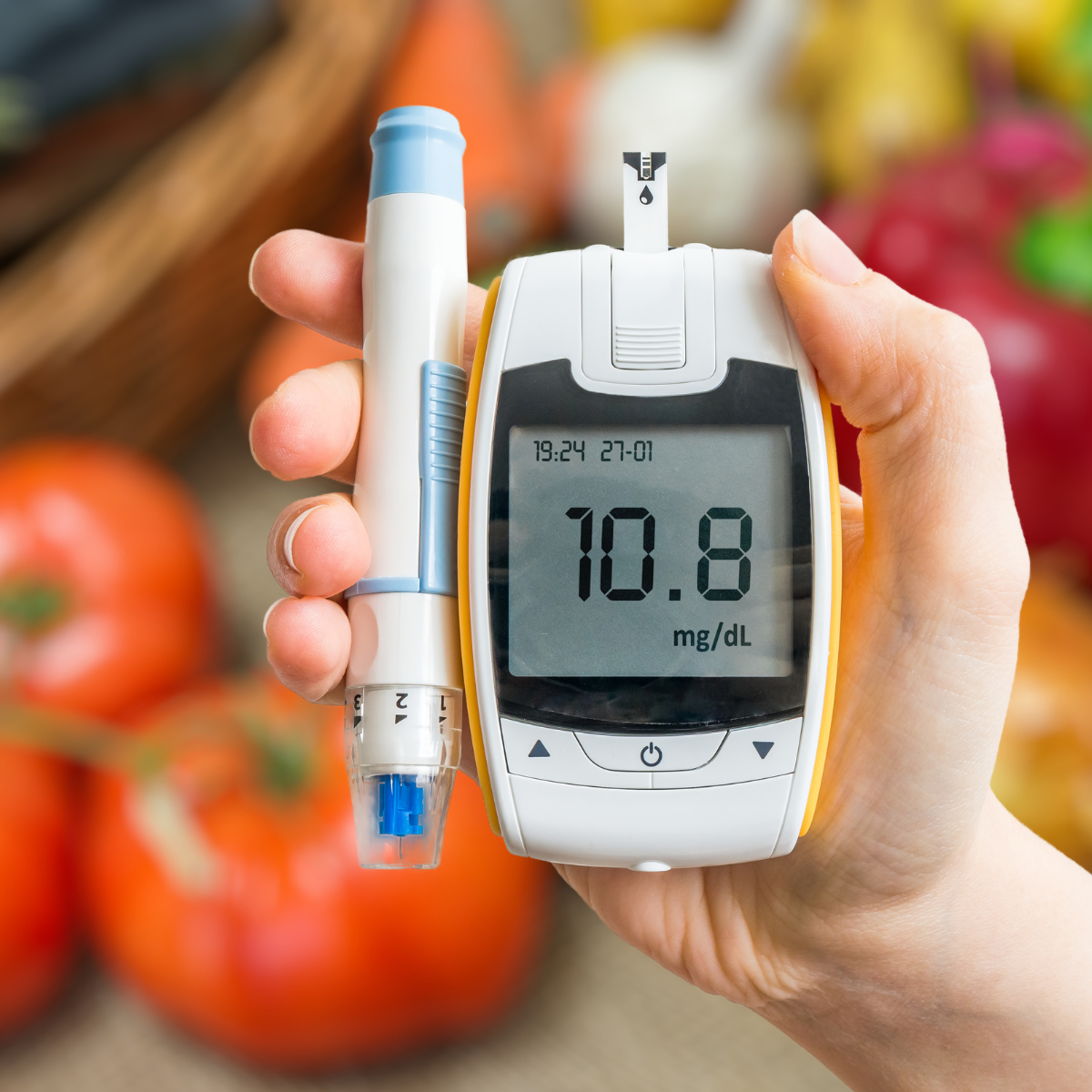Diabetes is a chronic medical condition that affects millions of people worldwide. It occurs when the body struggles to regulate blood sugar (glucose) levels, either due to inadequate insulin production or the body’s inability to effectively use the insulin it produces. Understanding the causes, symptoms, and effective prevention methods of diabetes can help individuals take control of their health and prevent the onset of this serious disease. In this article, we will delve into the key aspects of diabetes, its causes, symptoms, and practical prevention strategies to help maintain optimal health.
Understanding Diabetes
Diabetes is primarily categorized into two types: Type 1 diabetes and Type 2 diabetes. Both types are related to how insulin functions in the body, but they have different causes and risk factors.

- Type 1 Diabetes: This is an autoimmune condition where the body’s immune system attacks the insulin-producing beta cells in the pancreas, leading to a complete lack of insulin. People with Type 1 diabetes need to take insulin injections for the rest of their lives.
- Type 2 Diabetes: Type 2 diabetes is more common and typically develops over time. In this case, the body either doesn’t produce enough insulin or becomes resistant to it, making it harder for cells to absorb glucose. This type of diabetes is often preventable through lifestyle changes.
In both cases, the result is an elevated level of glucose in the blood, which can lead to a variety of complications if not managed properly. Now, let’s explore the causes of diabetes in more detail.
Causes of Diabetes
- Genetics and Family History: Genetics play a significant role in the development of diabetes. If you have a family member with diabetes, your risk of developing the condition increases. For example, Type 2 diabetes has a strong hereditary component, meaning people with a family history of diabetes are more likely to develop the condition.
- Obesity and Sedentary Lifestyle: One of the leading causes of Type 2 diabetes is obesity. When excess body fat accumulates, especially around the abdomen, it can lead to insulin resistance. A sedentary lifestyle, with little physical activity, also contributes to weight gain and poor insulin sensitivity.
- Unhealthy Diet: A diet high in processed foods, sugars, and unhealthy fats can significantly increase the risk of developing Type 2 diabetes. Consuming sugary drinks, fast food, and foods high in refined carbs can spike blood sugar levels and lead to insulin resistance over time.
- Age: As you get older, your risk of developing Type 2 diabetes increases. This is partly due to a decrease in physical activity and muscle mass, as well as changes in hormone levels that affect insulin sensitivity.
- Hormonal Changes: Certain hormonal disorders, such as polycystic ovary syndrome (PCOS), can increase the risk of developing diabetes. Conditions like high blood pressure and high cholesterol can also increase the likelihood of developing Type 2 diabetes.
- Pregnancy: Women who develop gestational diabetes during pregnancy are at a higher risk of developing Type 2 diabetes later in life. Gestational diabetes occurs when the body cannot produce enough insulin to meet the needs during pregnancy.
Symptoms of Diabetes
Recognizing the early signs of diabetes can help in seeking prompt treatment and preventing complications. The symptoms of diabetes may vary depending on the type, but some common signs include:
- Excessive Thirst and Urination: When blood sugar levels are high, the kidneys work harder to remove the excess sugar, leading to frequent urination. This can result in dehydration, causing increased thirst.
- Fatigue: Diabetes can cause fatigue due to the body’s inability to efficiently convert food into energy. The lack of energy can lead to constant tiredness.
- Blurred Vision: High blood sugar levels can lead to fluid buildup in the lenses of the eyes, causing blurred vision. If left untreated, this can lead to permanent damage to the eyes.
- Slow-Healing Wounds: High glucose levels can affect circulation and the body’s ability to heal wounds and cuts. Diabetic individuals may notice that small injuries take longer to heal.
- Unexplained Weight Loss: Despite eating normally, people with diabetes may experience weight loss. This is because the body starts breaking down muscle and fat for energy, as it is unable to use glucose effectively.
- Increased Hunger: Since the body can’t properly use glucose, it sends hunger signals to prompt eating. This can result in an increase in appetite, leading to overeating and weight gain.
- Tingling or Numbness in Hands and Feet: Elevated blood sugar levels can damage nerves over time, leading to a condition known as diabetic neuropathy. This can cause tingling, numbness, or pain in the hands and feet.
Effective Prevention Methods for Diabetes
The good news is that Type 2 diabetes is largely preventable through lifestyle changes. Implementing the following prevention strategies can significantly reduce the risk of developing diabetes:

1. Maintain a Healthy Weight
Maintaining a healthy weight is one of the most effective ways to reduce the risk of developing Type 2 diabetes. Losing excess weight can improve insulin sensitivity and help regulate blood sugar levels. Aim for a balanced diet rich in fruits, vegetables, whole grains, and lean proteins, while reducing the intake of processed foods and sugars.
2. Exercise Regularly
Regular physical activity helps the body use insulin more effectively and lowers blood sugar levels. Aim for at least 30 minutes of moderate-intensity exercise most days of the week. Activities like walking, jogging, swimming, and cycling can help improve cardiovascular health and reduce the risk of diabetes.
3. Eat a Balanced Diet
A healthy diet is crucial for preventing diabetes. Focus on eating whole foods such as fruits, vegetables, whole grains, lean proteins, and healthy fats. Minimize the intake of sugary foods, refined carbohydrates, and unhealthy fats. Foods with a low glycemic index, such as whole grains and legumes, can help stabilize blood sugar levels.
4. Monitor Your Blood Sugar Levels
Regular monitoring of blood sugar levels is important for those at risk of diabetes or those already diagnosed. Keeping track of blood sugar levels can help prevent complications and enable early intervention if levels rise. If you are at risk, consider speaking with your healthcare provider about regular blood tests.
5. Manage Stress
Chronic stress can have a negative impact on blood sugar levels, as it increases the production of cortisol, a hormone that can elevate glucose levels. Practicing stress-reducing activities such as yoga, meditation, deep breathing exercises, or engaging in hobbies can help manage stress and prevent diabetes.
6. Get Enough Sleep
Sleep is crucial for maintaining overall health, including regulating blood sugar levels. Lack of sleep or poor-quality sleep can increase insulin resistance. Aim for 7-8 hours of quality sleep each night to help keep your body functioning optimally.
Conclusion
Diabetes is a serious condition, but with proper knowledge, you can take steps to prevent it and live a healthy life. Understanding the causes and symptoms of diabetes, along with adopting healthy lifestyle habits, can significantly reduce your risk of developing the disease. Prevention is key, and small lifestyle changes can make a big difference in your overall health and well-being. If you notice any symptoms of diabetes, be sure to consult with your healthcare provider for guidance and early intervention.

Leave a Reply